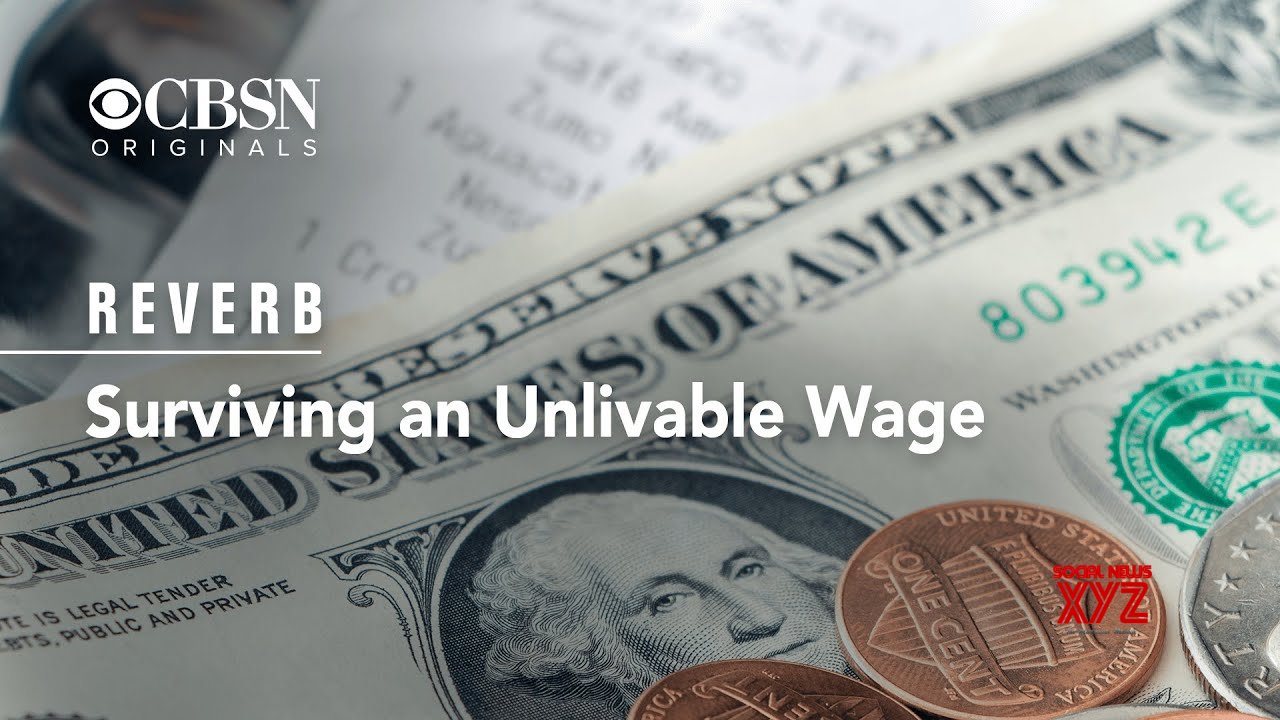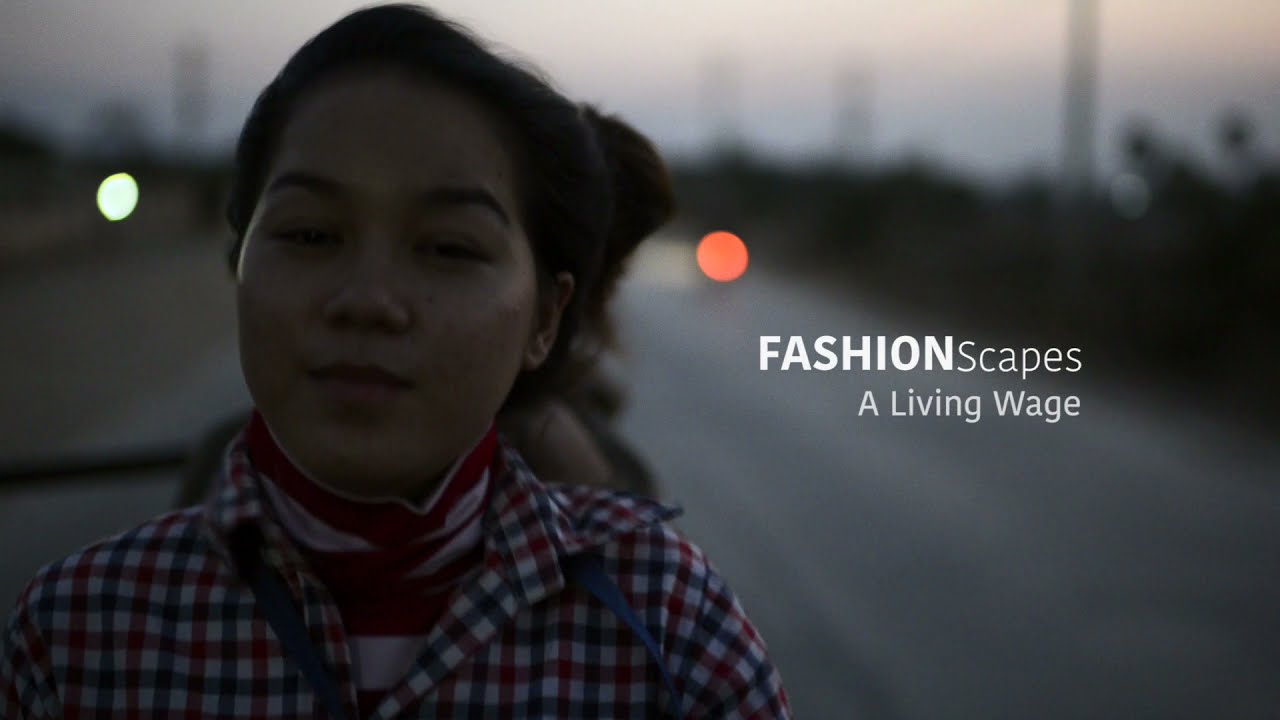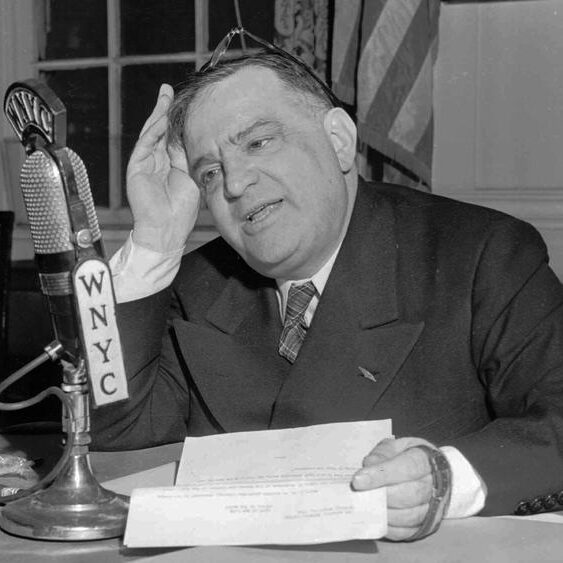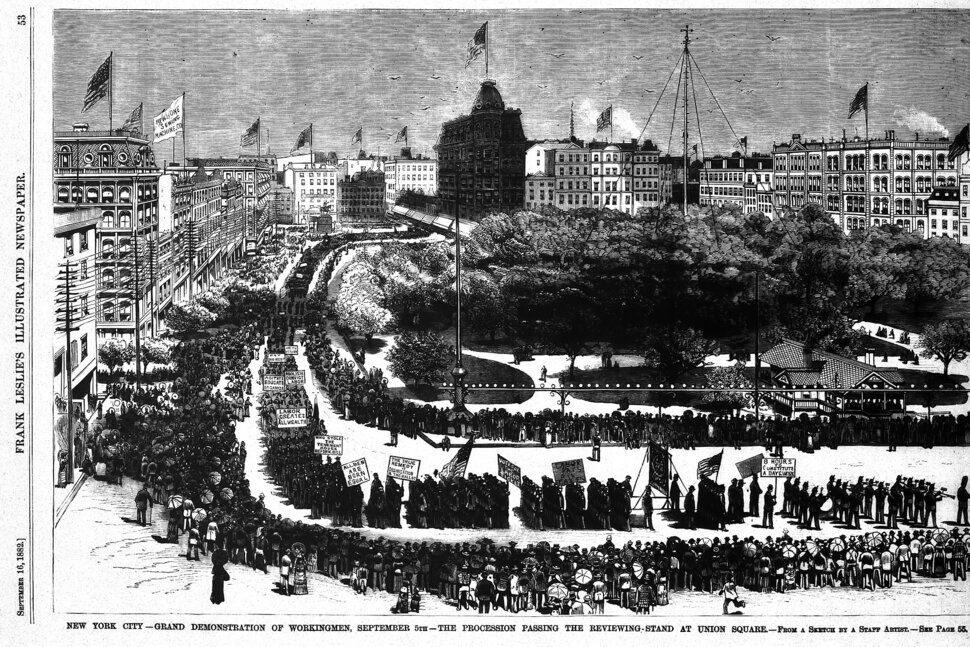Labor Issues News
Federal hiring ‘call to action’ centers on job applicants, HR workforce
Have We Forgotten the True Meaning of Labor Day?
Understanding America’s Labor Shortage: The Most Impacted Industries
Labor unions ask UN body to probe Starbucks’ use of legal loopholes
[news_12]
Featured Charities for Labor Issues
[organizations_12]
Get Informed
Fact Sheet
[facts_12]
Resources, Publications, & Articles
[publication_12]
Get Involved
Ways to Take Action
Donate to organizations already working towards raising the minimum wage
These organizations already have a game plan and are capable of accomplishing much more than individuals by themselves. It is a great way to see the changes you want to see. Make sure to thoroughly check out the organization before you donate to make sure your funding will be spent appropriately.


Contacting officials and representatives is a great way to inform them of your ideas. By reaching out to them you can directly inform them of your wishes and ideas and its a great way to exercise your rights.
Signing a petition is a great way to show community support for an idea or topic. If enough people generate enough momentum and make enough noise, it can be brought to the attention of people who can make those changes.

Upcoming Events
[social_causes_12]
Stay Engaged
Recommended Media
[media_12]
The restaurant industry has driven a significant amount of economic growth since the Great Recession, but many restaurant employees continue to end up hungry due to a two-tiered wage system that allows tipped workers to be paid as little as $2.13 an hour. CBSN Originals' Adam Yamaguchi travels to Indiana to explore the impact of tipping as a primary source of income for people in one of America’s fastest-growing workforces.
Where to Watch: YouTube


Living Wage Now! is a 30-minute film that features garment workers and their allies from across Asia who describe the practices that allow fashion brands to keep their prices low for Western consumers.
“My salary is very low, only 160 USD per month. That is just not enough to cover basic expenses,” a young Cambodian woman says at the start. “Like rent, my children’s education, food and water, repaying loans.”
Where to Watch: YouTube
The film focuses on the garment workers and representatives in ‘garment hotspots’ silenced by brands. Livia and Andrew speak to the network of garment workers and activists they have maintained contact with over a decade. They uncover a flow of evidence, carried by women from the gates of ‘secret’ factories to a network of female legal professionals across the world, led by lawyers in The Circle, a global NGO using the collective power of women to support the world’s most vulnerable women and girls.
Where to Watch: YouTube













